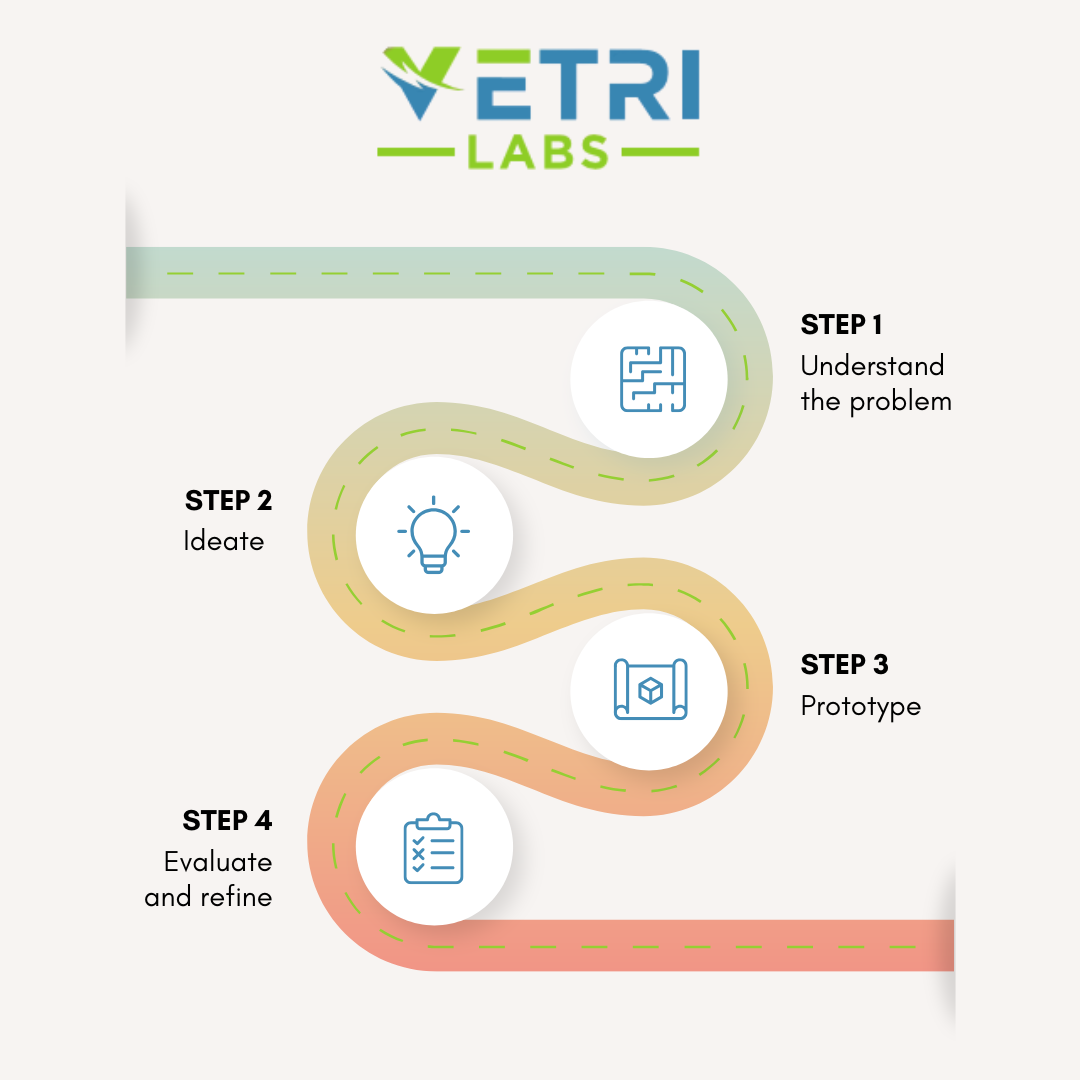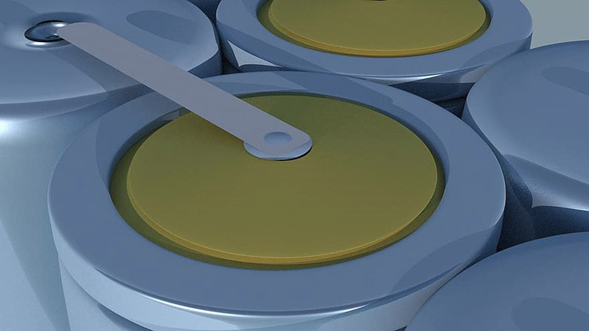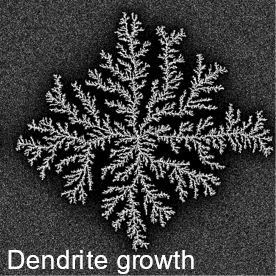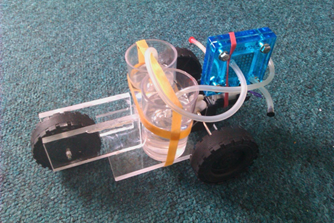Gold is a metal with high corrosion resistance and high electric conductivity, these features make it ideal for several applications. One of the most important uses of gold is found in electric and electronic devices where it helps to protect circuits in the printed circuit board (PCBs). With the increasing demand for electronic devices, a great challenge is rising too, the scarcity and high cost of gold have created the necessity to find a process for the recovery of this precious metal.
Current technology for Au recovery is based on hydrometallurgical treatments, however, this process is both time-consuming and generates hazardous liquid wastes. Due to the chemical inertness of gold, a combination of strong complexing and oxidation agents is necessary. The most common combinations for Au dissolution include cyanide/hydrogen peroxide, hydrochloric acid/chlorine, hydrochloric acid/hydrogen peroxide, and hydrochloric acid/nitric acid. Furthermore, waste PCBs contain several components making more difficult the separation of gold, requiring a series of complex steps.
Owing to the disadvantages of hydrometallurgical methods, more simple and environmentally friendly processes are required for the recovery of gold. The implementation of electrochemical methods for the recovery of different metals is well-documented. Typically, electrodeposition is carried out when the metal is deposited in the cathode (cathodic deposition). In such a case, the transient metals are found as cations (M+) in ionic solutions, and the cation is reduced to metal (reduction reaction: Mn+ + n e– → M).
Alternatively, anodic deposition has been used in a few cases for metals such as Pb, Sb, and Au. In a recent report, Ouchi et al from the University of Tokyo proposed the use of anodic deposition of gold that has been dissolved in molten salts (Ouchi et al., 2020). The dissolution of metals in the anionic form is achieved by generating an alloy with a reactive metal with low electronegativity such as Na. Once the Au is dissolved in the molten salt, a graphite rod and a Mo rod were immersed in the molten salt and function as anode and cathode, respectively. Then the anodic deposition was conducted by applying a constant potential, the gold is deposited on the anode and the sodium on the cathode. After the deposition step, the presence of gold was confirmed by analytical techniques as Energy-dispersive X-ray spectroscopy (EDS) and X-ray diffractometry (XRD).
The method proposed by Ouchi et al offers several advantages, for instance, no hazardous wastes are generated. Sodium can be reused in the process and no side reactions are present as the generation of Cl2(g) in other electrochemical methods. Furthermore, in comparison with conventional technologies, anodic deposition can reduce the time and simplify the process.
Watch our discussion of this paper in our Weekly Science Review:
For more details, please refer to the full paper available at
https://iopscience.iop.org/article/10.1149/1945-7111/aba6c5
Ouchi, T., Wu, S., & Okabe, T. H. (2020). Recycling of Gold Using Anodic Electrochemical Deposition from Molten Salt Electrolyte. Journal of The Electrochemical Society, 167(12), 123501. https://doi.org/10.1149/1945-7111/aba6c5







